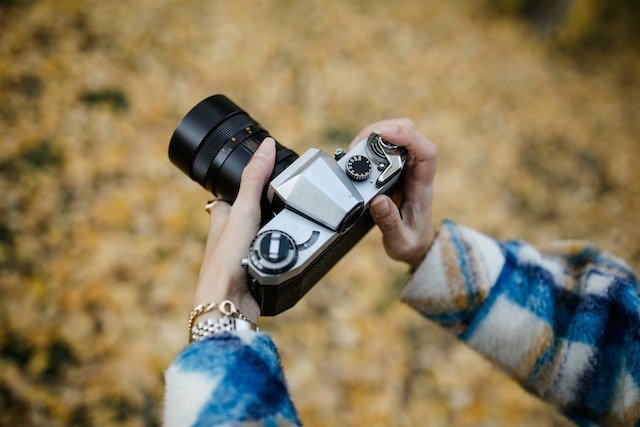Setting the correct exposure is one of the most fundamental aspects of photography. It determines how bright or dark an image is and can have a significant impact on the overall look and feel of a photo. While it may seem complicated, adjusting exposure is actually quite simple once you understand the basics. In this blog post, we will go over the various factors that influence exposure and how to set exposure in your camera.
Understanding Exposure
Before we get into the technicalities of adjusting exposure, let's start with the basics. Exposure is the amount of light that enters the camera and hits the sensor. The three main factors that control exposure are aperture, shutter speed, and ISO.
Aperture
The aperture is the opening in the lens that allows light to enter the camera. It is measured in f-stops, with lower numbers indicating a larger aperture and more light entering the camera. Aperture also controls depth of field, or the amount of the image that is in focus. A wider aperture (lower f-stop number) will result in a shallow depth of field, while a smaller aperture (higher f-stop number) will result in a deeper depth of field.
Shutter Speed
The shutter speed controls how long the shutter stays open, allowing light to hit the sensor. It is measured in seconds or fractions of a second. A longer shutter speed will allow more light to enter the camera and result in a brighter image, but it may also result in motion blur if the subject or camera is moving during the exposure.
ISO
ISO measures the sensitivity of the camera's sensor to light. A higher ISO setting will make the camera more sensitive to light and result in a brighter image, but it may also introduce digital noise or graininess in the image.
Setting Exposure in Your Camera
Now that we understand the three main factors that influence exposure, let's talk about how to adjust them in your camera.
Manual Mode
The most precise way to set exposure is to use manual mode. In this mode, you have complete control over the aperture, shutter speed, and ISO. To set exposure in manual mode, follow these steps:
-
Set your camera to manual mode. This is usually indicated by an "M" on the mode dial.
-
Set your desired aperture by adjusting the f-stop on your lens.
-
Set your desired shutter speed by adjusting the shutter speed dial.
-
Set your desired ISO by adjusting the ISO setting on your camera.
-
Take a test shot and adjust the settings as needed until you achieve the desired exposure.
Aperture Priority Mode
If you want to control the depth of field but let the camera set the shutter speed and ISO for you, aperture priority mode is a good option. In this mode, you set the desired aperture and the camera will adjust the shutter speed and ISO to achieve the correct exposure. To set exposure in aperture priority mode, follow these steps:
-
Set your camera to aperture priority mode. This is usually indicated by an "A" on the mode dial.
-
Set your desired aperture by adjusting the f-stop on your lens.
-
Take a test shot and adjust the exposure compensation as needed until you achieve the desired exposure.
Shutter Priority Mode
If you want to freeze motion or create motion blur, shutter priority mode is a good option. In this mode, you set the desired shutter speed and the camera will adjust the aperture and ISO to achieve the correct exposure. To set exposure in shutter priority mode, follow these steps:
-
Set your camera to shutter priority mode. This is usually indicated by an "S" on the mode dial.
-
Set your desired shutter speed by adjusting the shutter speed dial.
-
Take a test shot and adjust the exposure compensation as needed until you achieve the desired exposure.

Conclusion
Setting exposure is one of the most important aspects of photography. By understanding the three main factors that influence exposure - aperture, shutter speed, and ISO - and how to adjust them, you can achieve the desired exposure in your photos. Whether you are using manual mode, aperture priority mode, or shutter priority mode, taking test shots and adjusting the settings as needed is key to achieving the correct exposure.
It is important to note that exposure is not the only factor that affects the final look of a photo. Composition, lighting, and post-processing also play a significant role in creating a compelling image. However, mastering exposure is an essential foundation for any photographer, and with practice, you can develop a good eye for adjusting exposure to capture the perfect shot.

